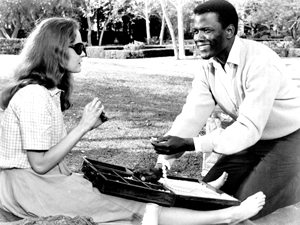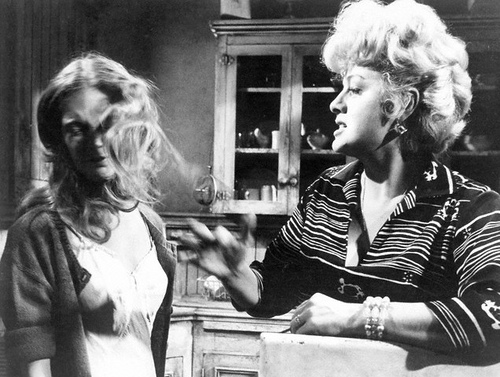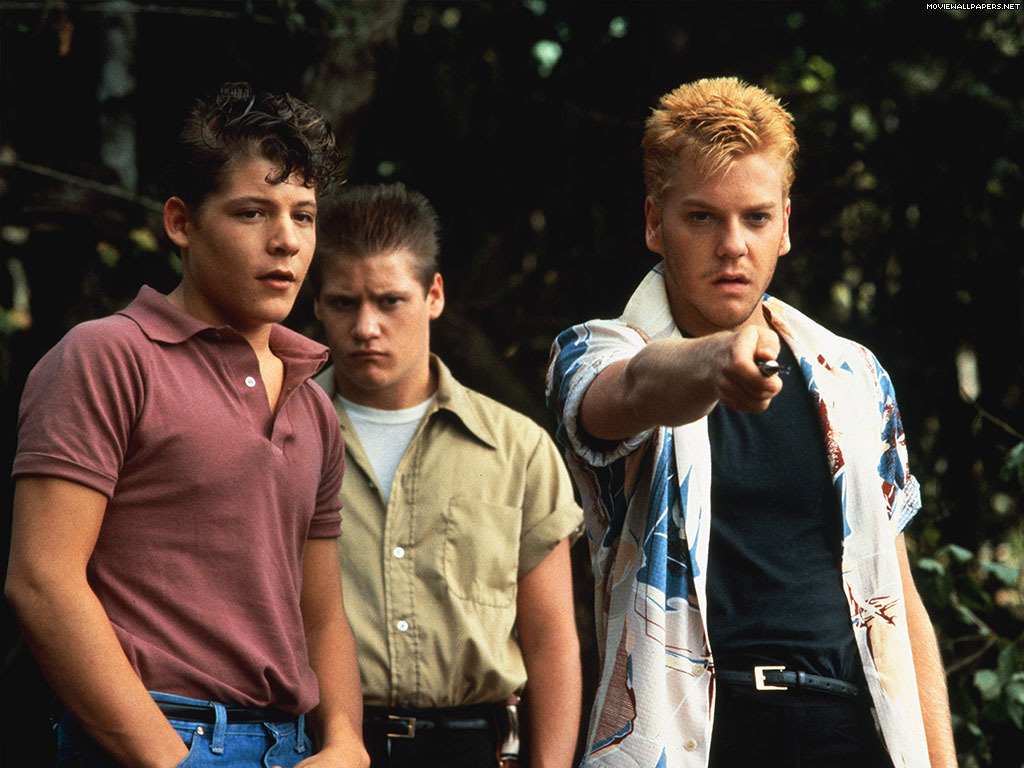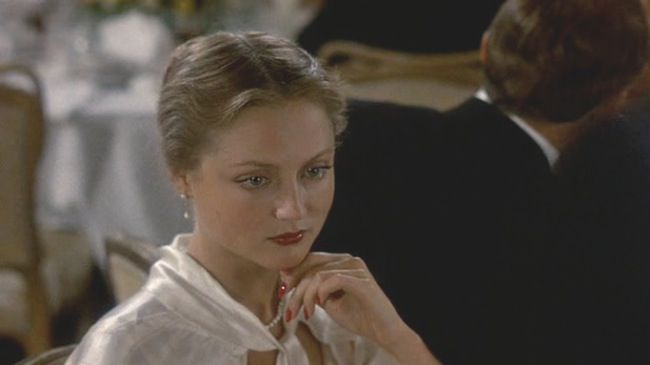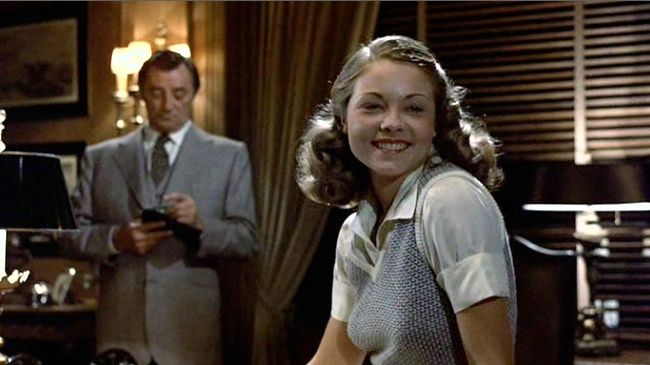Confessions of a Junkie: When is it appropriate to remake a
film?
By: Brian Cotnoir
Film remakes are a very touchy
subject. Some people think they are good
for the film industry because they can improve upon classic films and help them
reach a new generation of film watchers, while others claim that they are
unnecessary and taint the legacy of great films. Whether you like or despise them film remakes
seem to be here to stay, but when is it appropriate (or even necessary) to
remake a film? I’ve done taken some time
to look at various films and there re-makes, and I think I’ve reached a
sensible enough conclusion as to when it is and is not appropriate to remake a
film. Keep in mind this is all strictly
my opinion, so if my ideas of whether or not a film should be made is different
your ideas of whether or not certain films should be remade, just keep that in
mind that this is all strictly opinion.  |
| One of these things is not like the other... |
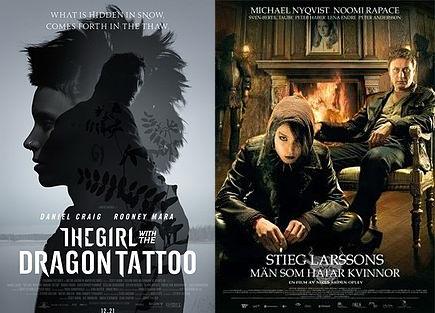 |
| Were subtitles really that bad of a thing? |
What about remakes of Foreign Films? A while back I reviewed the vampire film “Let Me In”, and Americanized remake/reboot of the popular 2008 Swedish film “Let the Right One In”. “Let the Right One In” is another one of my favorite Horror films, and I was outraged the first time I watched “Let Me In”. They took all the dialogue from the 1st film and just translated from Swedish to English, and I counted a total of 42 shot-for-shot scene recreations. Again, why does this bother me if it’s a virtual shot-for-shot remake? If they two films are so similar shouldn’t I like them both equally? Well, I have a problem with “Let Me In” being released only 2-years after the original. Two years, is too short of a span to remake a film for American audiences. This isn’t the only foreign film to be remade within a couple years of it’s released; there’s also “The Girl with the Dragon Tattoo” and “Old Boy”, and “The Grudge”. I can understand subtitles can be a b!tch to read while watching a foreign film, but come on people don’t be so lazy! Most DVD’s of foreign films feature English voice over dubs. Don’t wait a couple years for them to remake a foreign film entirely in English see the original and enjoy it for what it is.
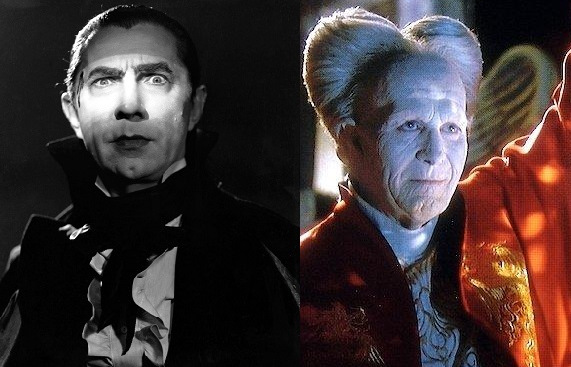 |
| A remake that's as good (if not better) than the original :) |
However, a film remake should also make sense at attempts. “Last House on the Left” was a wonderful horror film for the time it was made in 1972, however the remake felt very out of place and unrealistic. In the original the idea of a family being so secluded that no one can call for help is very believable for its time, but the 2009 remake doesn’t seem very plausible at all. It’s hard to believe that in a time where cell phones and internet access are available practically everywhere that this girl and her family were so secluded that they could not find or reach help.
 |
| Yes, you were awesome and worth it |
Now there are other times its acceptable to remake a film. Sometimes when a director is making a film they have to compromise parts of the films plot or have to make unwanted changes to it (usually due to things like budget, timing, or pressure from the studio). So the director’s final vision for the film is never fully realized. If the film is successful (even with the unwanted changes) the director will sometimes make a “Sequel” to the film, but it’s not a traditional sequel that’s a continuation of the plot from the first film. Take for example, films like “Hostel II” and “Evil Dead II” are almost identical to their first films; plot wise. There are only a few subtle differences to between the first film and the second film. Sequel remakes, typically are bigger successes with directors and producers, then with fans, but they do hold some merit and validity in the film community.
Whether you like film remakes or hate them is up to you. Film studios are going to keep producing them as long as they’re out of original ideas or want to make a quick buck. As long as they leave the classics alone and improve upon films that didn’t live up to their full potential, I don’t think they can do any major harm.

